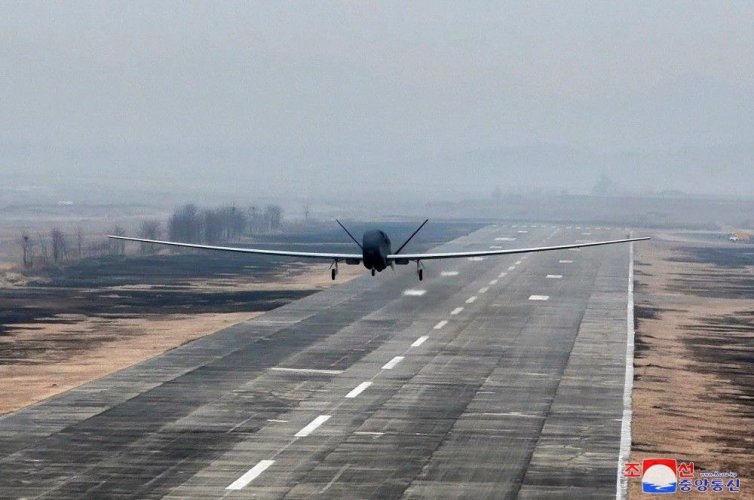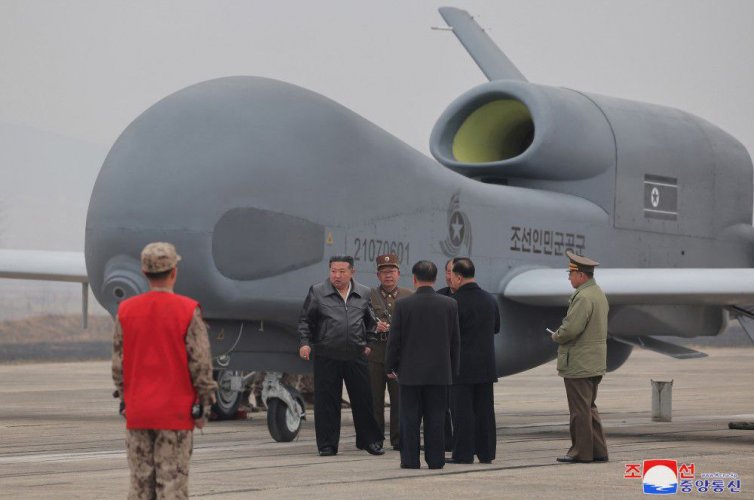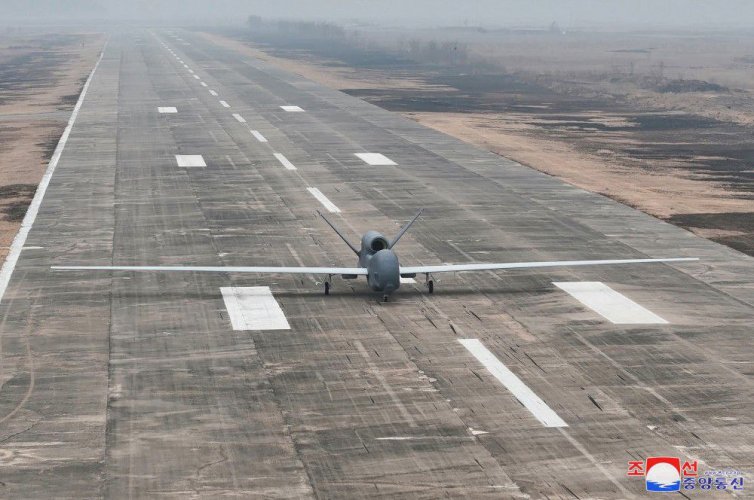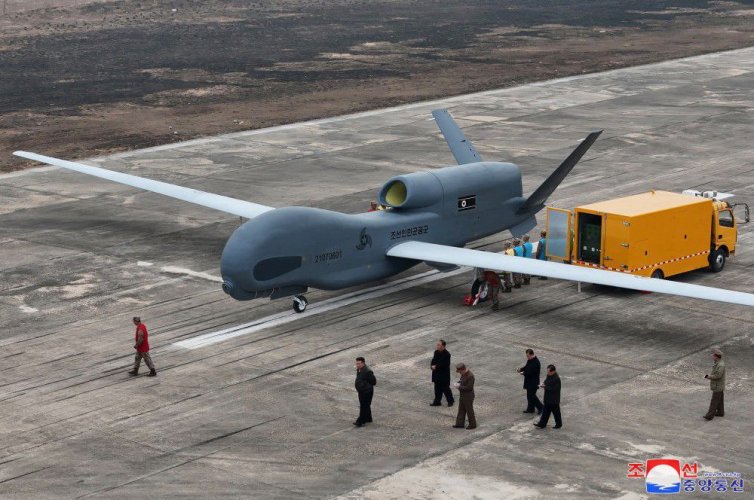I question that
Black frames.
I question that
for the same reason most of us update parts instead of buying new cars every year, I guess.And why would the North Koreans do a "retrofit" of the old Vega-M from the 1970s when they are capable of producing their own PESA radars?
Given the apparent similarity to the Russian 30N6E Flap Lid B system I also question if that is really a indigenous system.Why? They already demonstrated phased-array radars on their KN-06 SAM systems:
It's most likely developed from 30N6E radar, but why did you assume that North Korea could not produce it? They have technology at least of 1980s level. It's not that passive phased array radars are some super-secret technology that couldn't be reproduced.Given the apparent similarity to the Russian 30N6E Flap Lid B system I also question if that is really a indigenous system.
IndeedAs with the case of missiles, wait until examples take flight, or what they have previously shown competencies in.

Most likely a non-afterburning Tumansky from the Mig-21 or J-7. I don't expect a new indigenous turbojet/fan design of that thrustrange.have already been demonstrated on the SB-4.
There is footage released of both UAV's flying.North Korea produces a lot of mockups, which can broadly speaking be viewed as statements of intent. As with the case of missiles, wait until examples take flight, or what they have previously shown competencies in.
I was very bullish on them making successful solid-fueled ICBMs for a couple of years before they did, they had already tested examples of larger-diameter IRBMs, it was simply a case of further development, I am however much more pessimistic when it comes to competitive aircraft, high-quality gas turbines are very hard to make.
I was thinking more in terms of the fighter posted earlier up-thread, but I was unaware that they had Predator and Global Hawk copies flying.
Those (with high altitude modifications, which DPRK is probably quite capable of) powered yak-25rv, so other than low expected service life and thirstiness - they're fit for the job.Most likely a non-afterburning Tumansky from the Mig-21 or J-7. I don't expect a new indigenous turbojet/fan design of that thrustrange.
Whaaat… do we think it’s another Qaher 313?

I for one see no likelihood of a future continuation of the Civil War, so I am actually pleased to see Kim investing in his Air Force because I know that; even if that money could've better allocated to aiding the people, they're not going to do that anyways. The money's simply used for aircraft procurement instead of better and more ICBMs.Improvements for DPRK MIG-29s:

Home - Headlinez News
Unlocking the Secrets: Four Decades of Data Revealed January 19, 2025 Gender Diversity in European Corporate Boardrooms: A Path Towards Equitable Leadership Table of Contents Gender Diversity in European Corporate…time.news
Or even considering a considering the purchase of more capable aircraft from Russia like Flankers?DPRK are sending weapons to Russia; I would not be surprised if this were a contra deal in partial payment for that.
Or even considering a considering the purchase of more capable aircraft from Russia like Flankers?
Perhaps they'd take up the ex-Egyptian Flankers? It seems the Iranians got cold feet in regards to that deal...Or even considering a considering the purchase of more capable aircraft from Russia like Flankers?
Perhaps they'd take up the ex-Egyptian Flankers? It seems the Iranians got cold feet in regards to that deal...
if there are no upheavals within the UN, numerous sanctions and military embargoes against the DPRK remain active, to which Russia has also officially joined.What can the signed agreement "not excluding military-technical cooperation" mean:
- in the short term, a significant increase number of operationally deployable MiG-29s and adding ability to use BVR and PGM weapons;
- in the mid-term horizon (after 2025) delivery of a limited number of Su-35;
- in the long term (after 2030), the delivery of a larger number of LTS with the possibility of more or less extensive localization of production on the territory of the DPRK, which is very feasible and would mean a fundamental reduction in program costs.
The LTS can be an ideal tool to balance the deployment of promising aircraft in the south of the peninsula (F-35 and KF-21) and it would be strange if Kim Jong-un did not take an interest in this program during his detailed visit to Komsomolsk.
What cruise missile requires an 1800lb thrust engine? Tomahawks and AGM86s use Williams F107s, all of 430lb thrust. The big Kh55 has a ~400kgf thrust engine, ~800lb thrust.At this point I have expectation of FJ33 tier high bypass turbofan jet engine being shoved in air frame of those cruise missiles.

 beyondparallel.csis.org
beyondparallel.csis.org
Today I came across this Facebook page, and what the author wrote could support the hypothesis that the user F.L. had indicated.It looks like a big L-39.
View attachment 699226







North Korea's statement of the event, emphasizes the test that confirmed the innovative performance of a strategic reconnaissance drone, but does not reveal anything else about the propulsion system. It is to be hoped that in the future they will show other images also from behind where the propulsion can be glimpsed.I wonder what the engine on the Saetbyol-4B is, still the R-13/25/95 as seen on the prototype or something else, like a DPRK turbofan? If they have a turbofan in the thrust class required for the Saetbyol-4 then the door is open to a modern trainer and twin engine LO (of course they will make it LO, plenty of inspiration outthere) light fighter.
